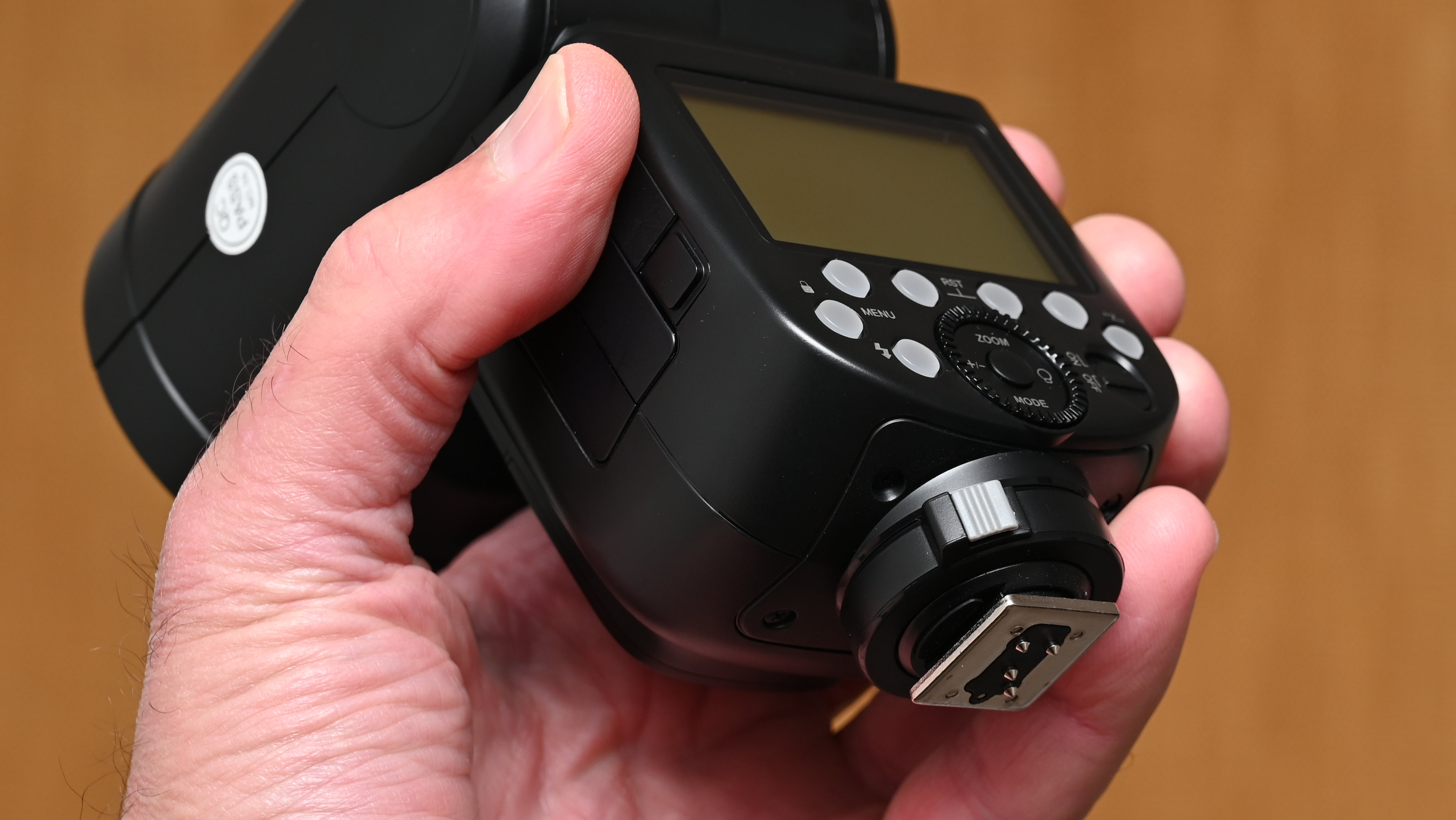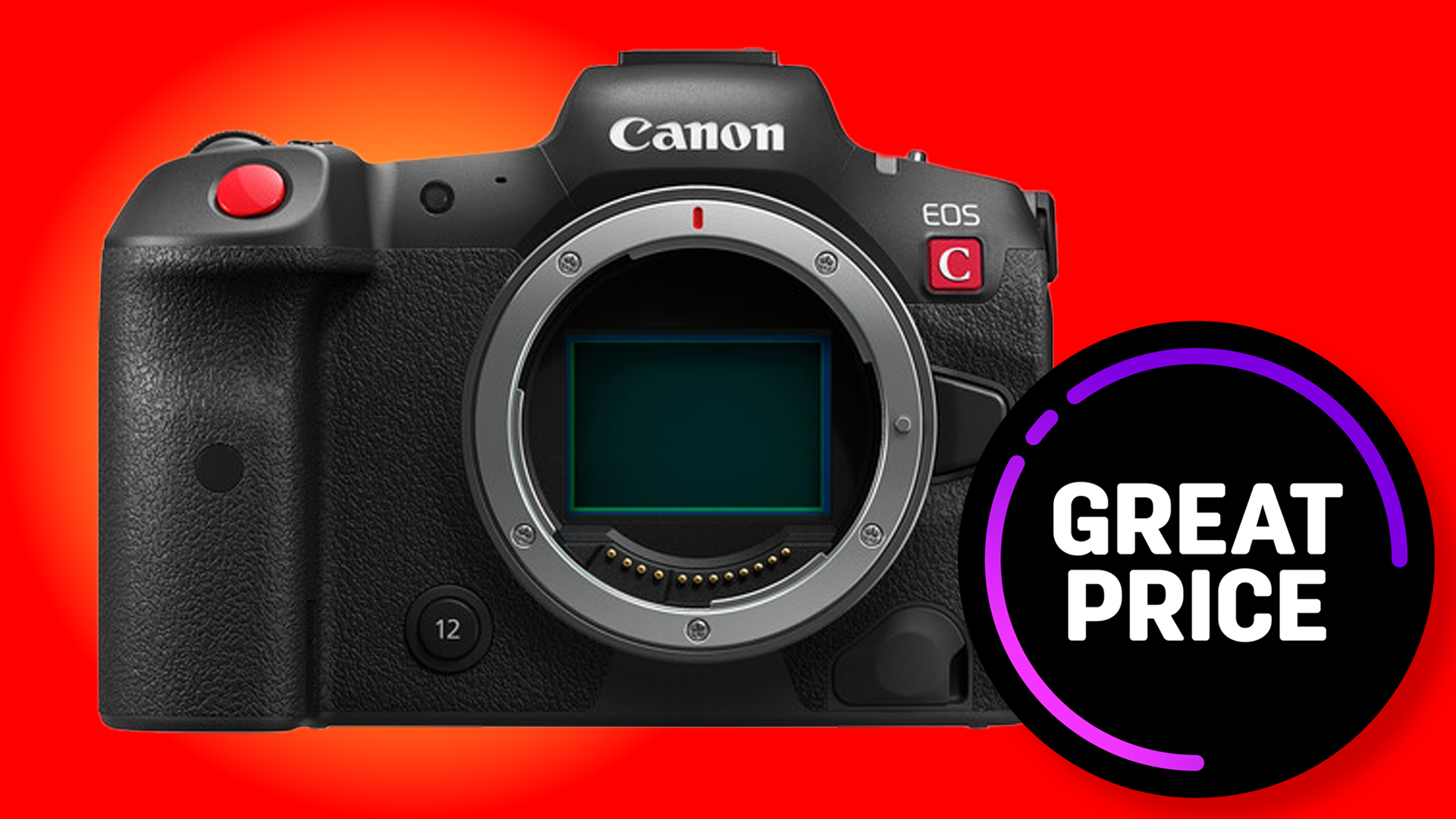You might not need a new camera. A detachable camera flash transformed my photos – and it’s the cheapest thing in my bag
Complaining about sharpness, color, or noise? A detachable camera flash may solve the problem without spending thousands

My camera bag is packed with two different mirrorless cameras and an assortment of lenses – but the one piece of photography kit that made the biggest impact on my photographs is actually one of the cheapest things inside of my camera bag: a detachable camera flash. I was afraid of artificial lighting for the longest time, but learning how to use flash remains one of my best investments in my work.
A detachable camera flash, typically referred to as a hot shoe flash, is one that can be used both on camera and off, provided you also pick up a wireless flash transmitter. Many DSLRs have pop-up flashes built in, but since detachable camera flashes are far stronger, many mirrorless cameras forgo the built-in lights entirely. If your camera has a hot shoe slot at the top, you can use a detachable camera flash – even if it's a compact camera. Flash opens up a number of creative effects, from that paparazzi direct flash look to special effects like multiple exposures with flash.
But here’s the thing most novice photographers don’t realize: using flash actually solves many of the biggest complaints photographers have over the image quality coming from their gear. Using flash creates sharper images. Flash creates more consistent colors and more accurate skin tones (which means less time editing). Flash can help reduce the noise in a photo by allowing you to lower the ISO. Flash makes the eyes in a portrait pop without Photoshop.
If you’re eyeing a new lens because your photos aren’t sharp enough, or a new camera because your low light images are grainy, in some – but not all – situations you may be able to solve the problem with a new flash for a few hundred bucks rather than a new camera or lens for a few thousand dollars.
The problem with using flash to solve issues with sharpness, color and noise is that there’s a learning curve to flash photography. It’s far easier to buy a new lens and slap it on then to dive into the nuances of flash photography. Yet that’s the deep dive that has made the biggest impact on my photography.
When I first started out in photography, the only flash I knew was the pop-up flash on my DSLR that produced terrible results. But, gradually, I learned how to blend the flash with the natural light to get all the sharpening and color benefits without actually looking like a flash was used at all. Then I took my flash off camera – and suddenly I felt like the only limitation was my imagination, not where the sun was.
Slapping a detachable camera flash on your camera won’t instantly solve every problem. But, if you learn how to use that flash? It’s a true game-changer. Flash can solve a lot of key photography complaints, from a lack of sharpness to inconsistent color. Of course, flash doesn’t work for every scenario – flash doesn’t work with the longest telephoto lenses and can scare some wildlife away, for example. But for many genres, from portraits to photojournalism, it’s an essential skill.
Get the Digital Camera World Newsletter
The best camera deals, reviews, product advice, and unmissable photography news, direct to your inbox!
A good hot shoe flash doesn’t need to cost thousands of dollars. I use the Flashpoint Zoom Li-ion III (also sold as the Godox V860III) that, despite topping our list of the best flashguns, bundled with a transmitter, costs under $300 / £242 / AU$477. Excluding small accessories like memory cards and filters, it's the cheapest thing in my camera bag, yet one of my favorites.
The bigger “expense” is simply taking the time to learn flash. Start with learning fill flash, then dive into learning manual flash, off-camera flash, and flash on location. For a really deep dive, The Flash Photography Book by Scott Kelby is an excellent resource.
You may also like
For more on flash photography, read our guide on what is flash, or dive into more advanced topics like rear curtain flash.

With more than a decade of experience reviewing and writing about cameras and technology, Hillary K. Grigonis leads the US coverage for Digital Camera World. Her work has appeared in Business Insider, Digital Trends, Pocket-lint, Rangefinder, The Phoblographer and more.
You must confirm your public display name before commenting
Please logout and then login again, you will then be prompted to enter your display name.
